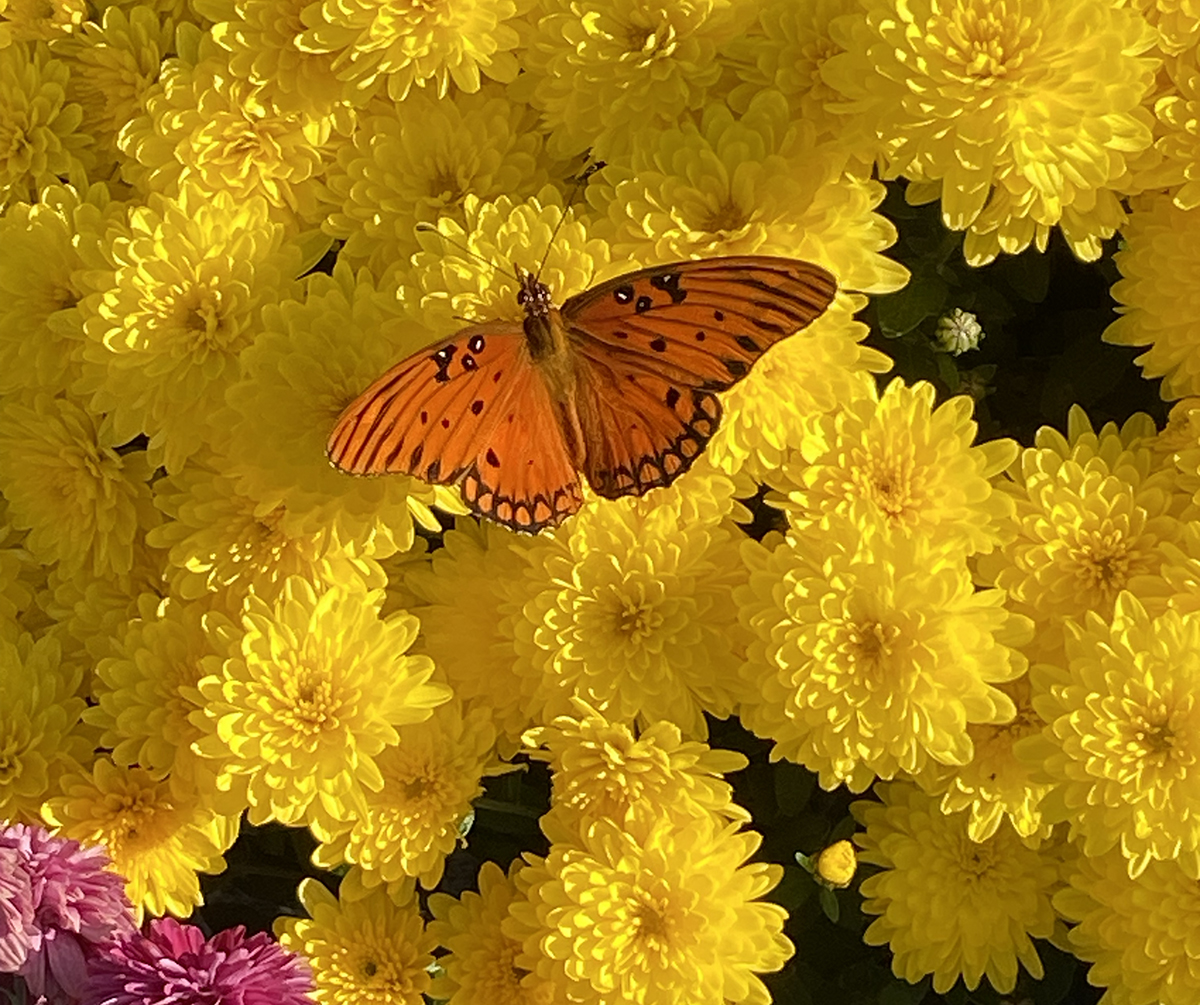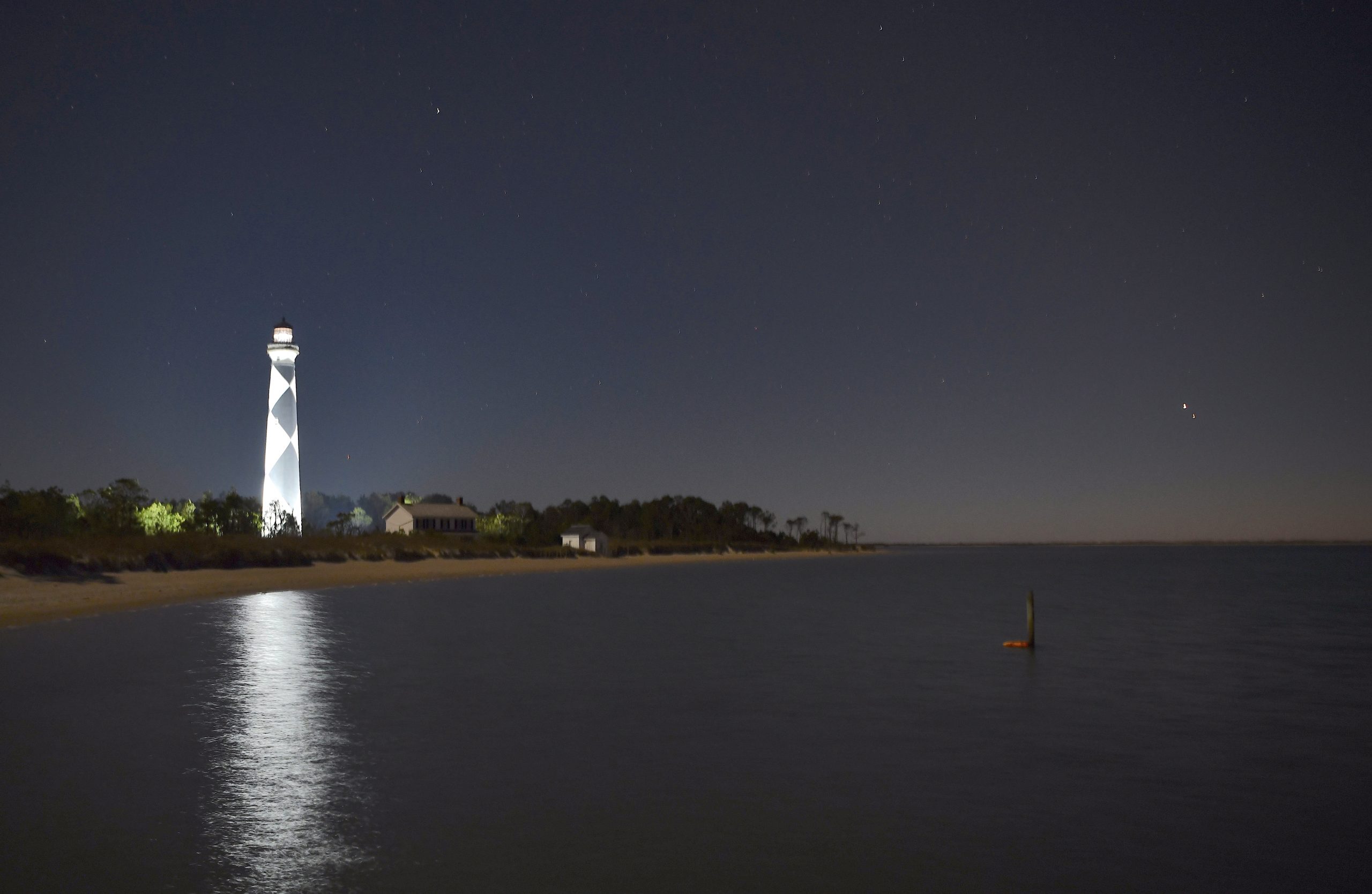
As darkness began to drape around the remnants of a dying orange sunset, the ferry boat captain slowly spun the boat around and left the protection of the harbor. A small group of us were headed to Cape Lookout National Seashore to view the historic lighthouse completely illuminated with bright lights as a special treat during the Christmas holiday season.
We had barely left the harbor when the first mate said, “dolphins ahead,” in a hushed yet excited tone. Everyone was protected from the cold evening breeze in heavy coats, caps and facemasks, leaving only their eyes exposed. The mild winds created only small waves on the surface of the water, making it easy to locate the dolphins. In silence, we drifted along, and the dolphins came closer to the boat, their dorsal fins slicing the water. A few yards from the boat, the bulbous head of a dolphin surfaced, exhaling air in a fine mist. Muffled under her mask and through happy tears, a woman softly exclaimed in awe, “you can hear them breathing.” In a testimony of nature, hardened layers of defenses dissolved, opening our emotions in a millisecond.
Supporter Spotlight
In the distance, the dolphins evaporated into the waves and the captain pushed down on the throttles. I could feel the ferry lifted up on the water. I have felt the sensation of a boat rising and getting on plane thousands of times without giving it much thought. But on this night, it gave me the felling of home, of being on the water, on the sounds and back on the barrier islands. These are places I am familiar with, where I have had the great fortune to work and play for most of my life. The sand dunes, maritime forests, salt marsh, beaches, mud flats, the waters of the sound and, of course, the mighty, mighty ocean. But I had missed these places more than I had known and the simple motion of a boat rising on the water caused my emotions to flood like an incoming tide on a full moon.
For 14 months, I, along with my wife Bright Walker, had vanished from this familiarity. A familiarity of the common place that urged us to venture away and explore the great beauty and wildlife that was unfamiliar to us.
We headed west, straight to Colorado, where we hiked and drove high into the Rocky Mountains. We saw, moose, elk, big-horn sheep and mountain goats. Down in the valleys we saw burrowing owls, prairie dogs and rattle snakes. We went to places of great geologic beauty, including Zion, Bryce, Arches and Painted Desert National Parks. We were able to venture into the sacred Antelope Canyon of the Navajo Tribe in Arizona. A lot of our time was spent in Yellowstone and Grand Teton National Parks, where we headed out early every morning for months. We found great gray and pigmy owls, golden eagles, coyotes, badgers, foxes, weasels, pronghorn, bison and moose. Our observations of wolves and grizzly bears were so profound and personal to me that I have no way of adequately expressing it. There were countless emotional, spiritual and healing moments that nourished our soul almost daily — a truly profound experience.
Then it was time to come home, and sadness washed over us. We didn’t want to leave. These magical places were flirting with us, trying to steal our hearts.
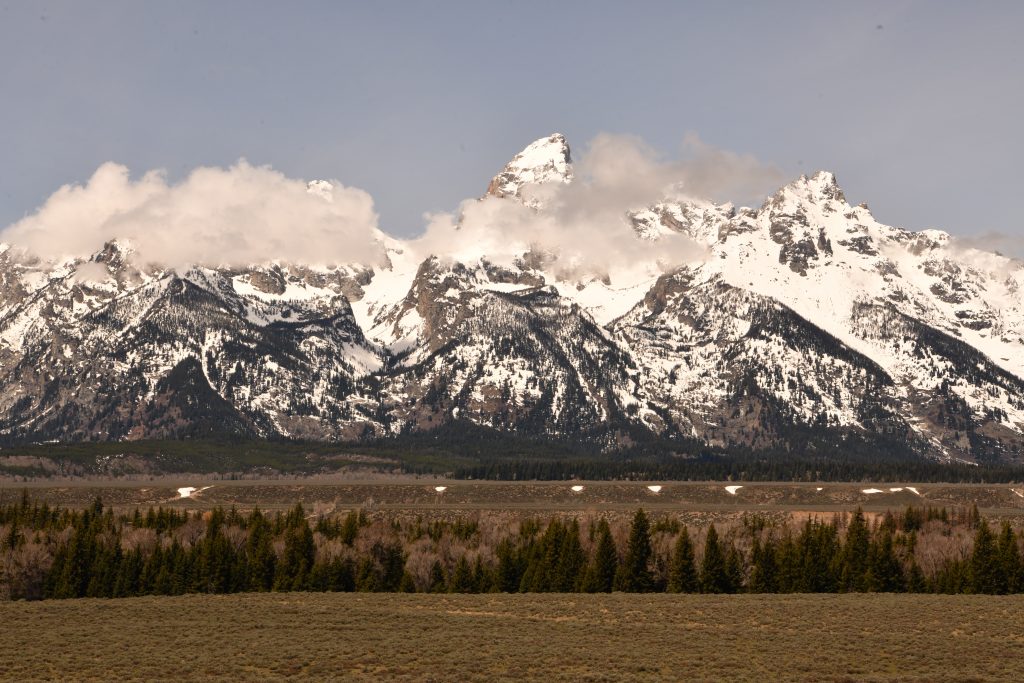
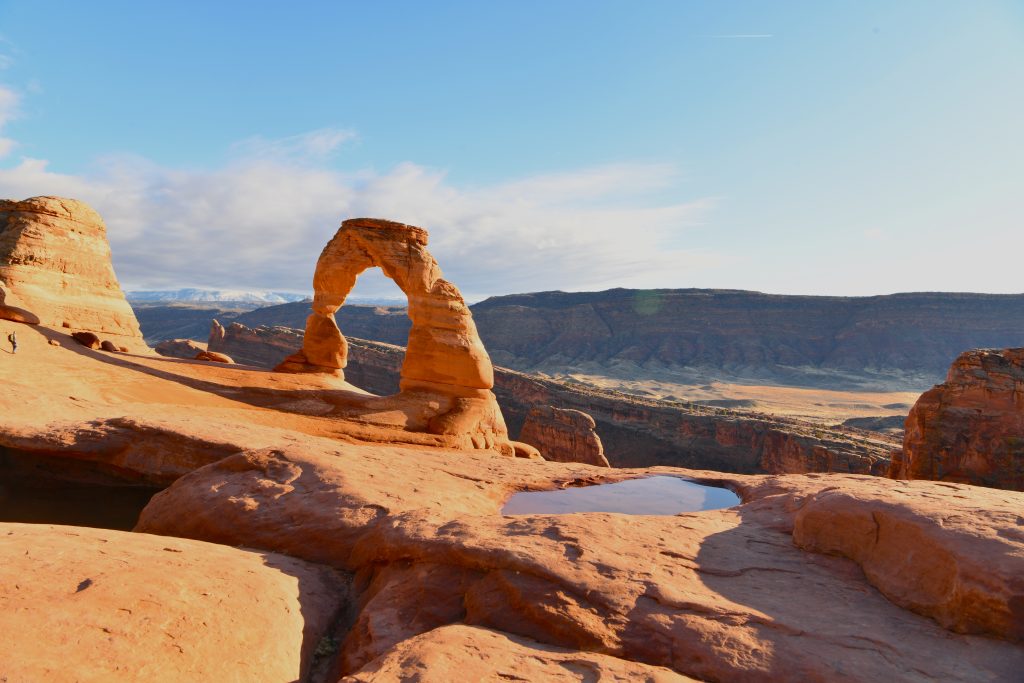
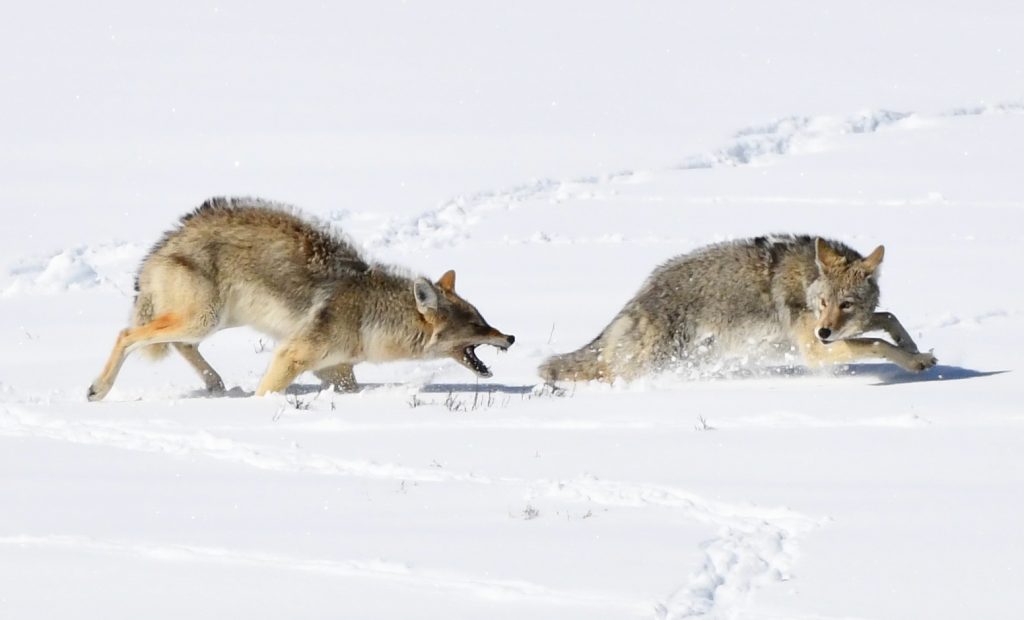
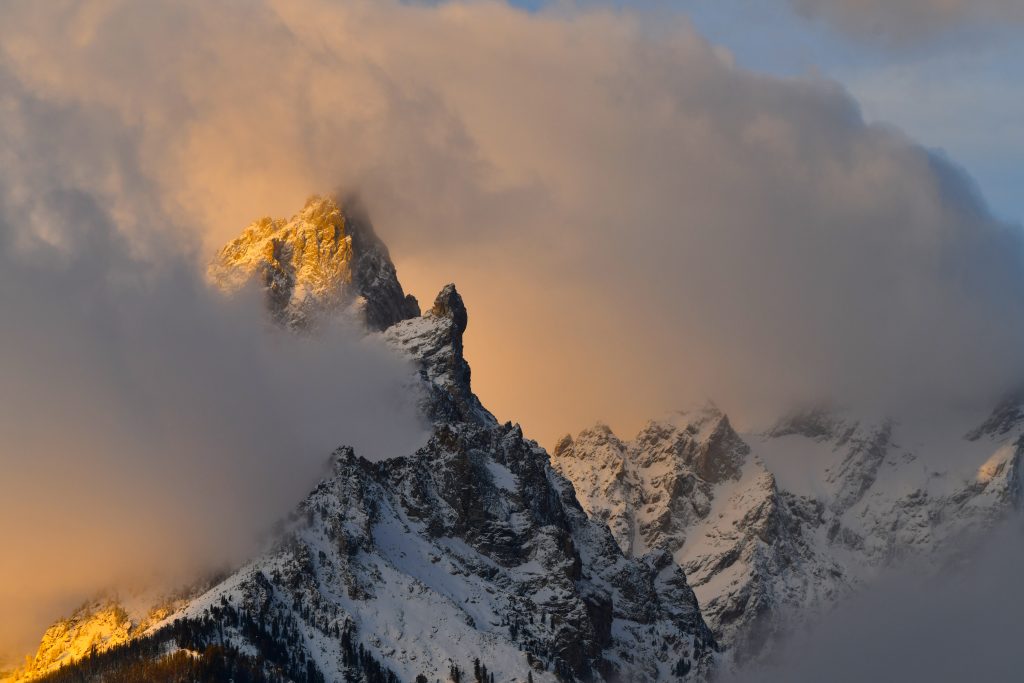
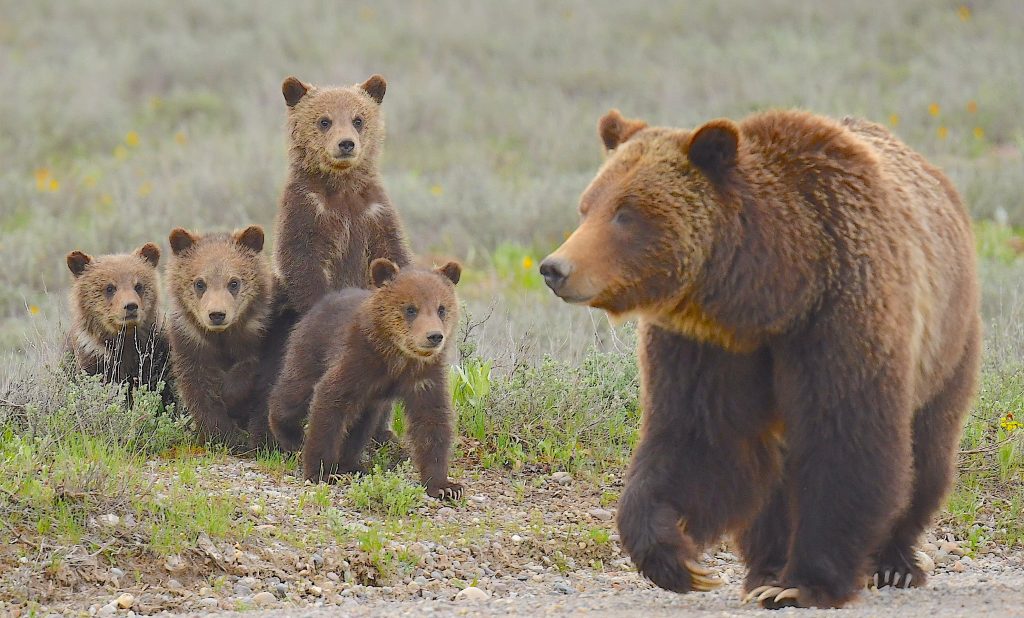
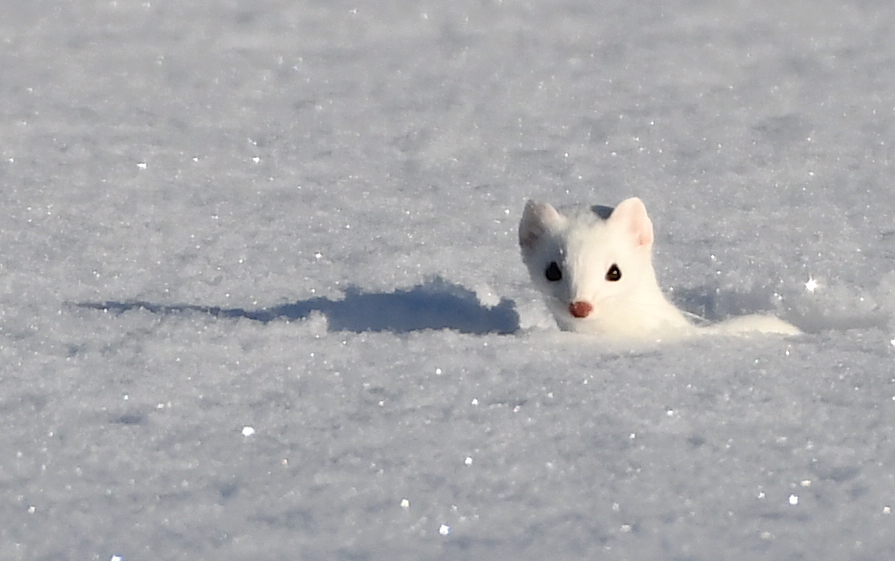
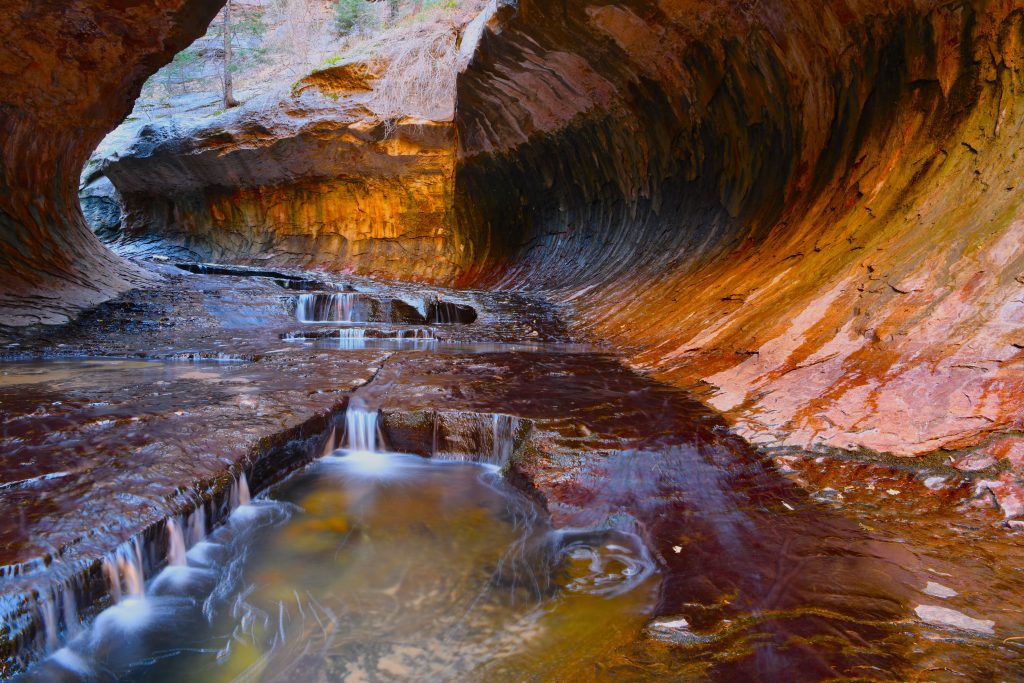
You can go home again
As we traveled east, crossing the Mississippi River, I thought of the journey of the “Great River” traveling to the Gulf of Mexico and how our journey was now leading us home to coastal North Carolina. The title of the Thomas Wolfe novel, “You Can’t Go Home Again,” popped into my mind. I’m not a literary expert, by any means, but I think it relates to change and expectations. Once you leave a place, changes that may have occurred cause you to feel unfulfilled when you return.
Supporter Spotlight
We were greeted back on North Carolina coast with a warm, moist hug on a hot, humid and sticky July day. The cool, crisp, dry air that we had grown accustomed to was far behind us, 2,400 miles west, on the elevated slopes of Jackson, Wyoming. We settled back into the familiarity of the coast and took it for granted. But after being home for a while, we began to realize and appreciate the simple things of coastal life that we had missed. Our senses feasted on the banquet before us.
Trips to the barrier islands brought back the sounds hanging in the air, waiting for us to hear. Least terns flying over a nesting area, a hopeful laughing gull circling the sand, or a clapper rail yapping in the marsh — different voices reflected the mood of the ocean, from melancholy to contrary. You could hear it in the surging waves. The salty taste of the ocean could also be felt and smelled in the fine mist created by crashing waves. Sunsets filled our eyes, reflecting a crimson glow on the marsh with the silhouette of ancient live oaks trees lining the shore. I agree with the poet, Joyce Kilmer, a poem is not as “lovely as a tree.”
Yes, Mr. Wolfe, you can come back home again, and it is as glorious as ever.
So, just like our trip out west, we went out looking for beauty and wildlife here at home in coastal North Carolina. We headed to the Outer Banks to look for some wayward birds that rarely frequent our coast. Learning that a snowy owl had been sighted, we hiked the sandy beaches and dunes of Bodie Island without a sighting. We then checked areas as far south as Cape Point on Hatteras Island, but no luck. So, we decided to look instead for some rough, tough shorebirds called purple sandpipers along the rock jetty at Oregon Inlet.
As we hiked to the jetty, we saw a few people with spotting scopes pointed toward the dunes. There, sitting atop a small dune, was a plume of white feathers, a high Arctic dweller on a winter sojourn to the sunny south. Snowy owls are rare in North Carolina, but every few years they show up in what is known as an irruption. This is when a number of a specific species shows up in areas that are not part of their native winter range. Snowy owls don’t usually venture south of the northern tips of the states that border Canada. Factors such as the lack of prey, competition with other owls, severe winter weather and thick snowpack will push them south in search of food.
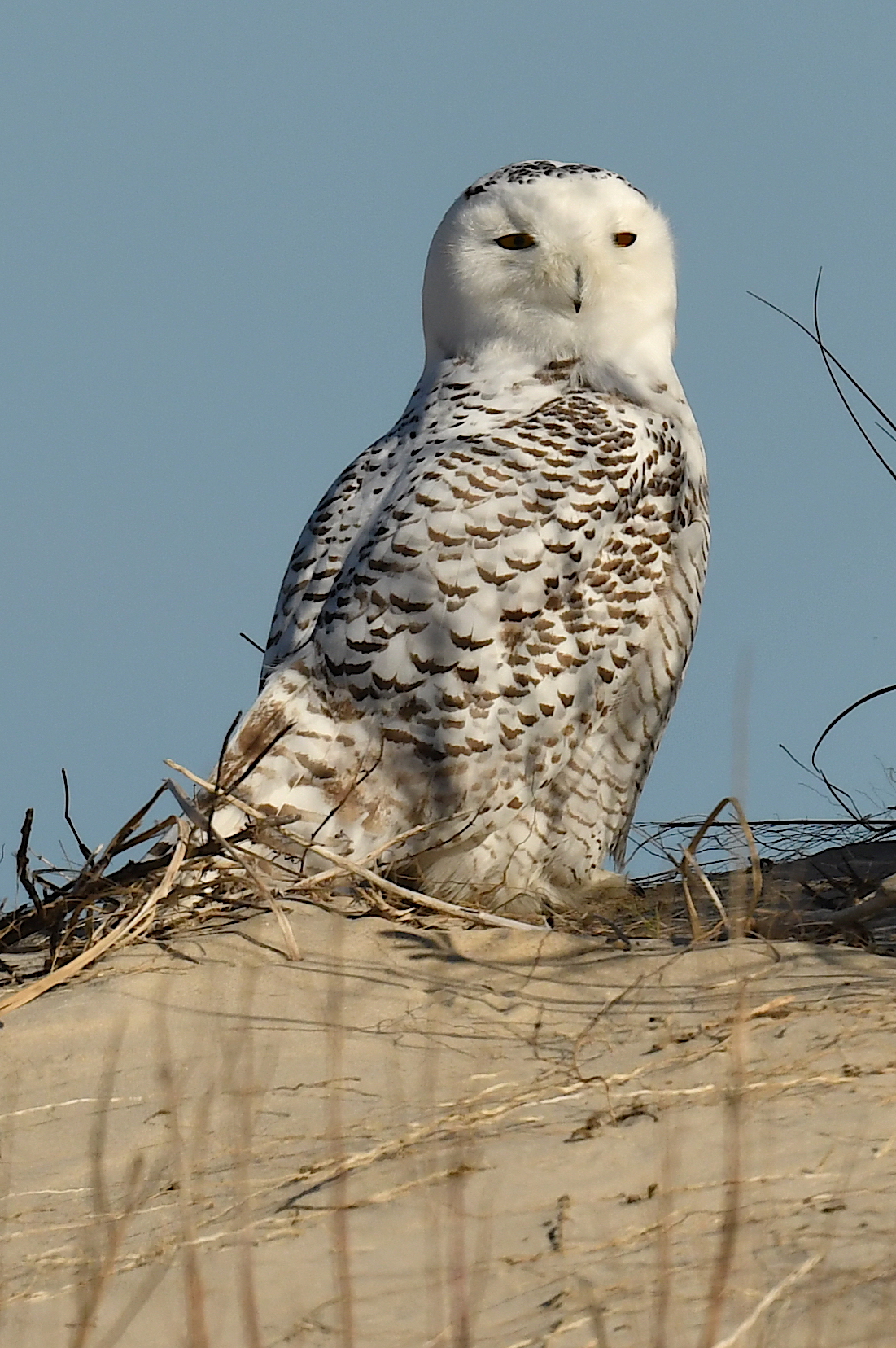
Under bright, sunny skies, we watched the owl. It remained fairly stoic, occasionally turning its head or scratching and preening. At one point, it seemed bored and let out a big yawn. To stay warm in the deadly Arctic cold, they are thickly covered in down and feathers, making them the heaviest owl in North America. It appeared that the owl soon became overheated in the mild temperatures as it walked a foot or two to get in the shade of the beach grasses.
I’m not sure if the appearance of this owl is the sign of a true irruption year or not. There have also been sightings of a snowy owl in Hatteras Village as well as Ocracoke, but this is most likely the same bird. The last big irruption was in the winter of 2011-12, where 31 of the 50 states, including Hawaii, reported snowy owls. If you are lucky enough to see a snowy owl, please give it plenty of space and don’t cause it to flush. After traveling many miles out of their territory, they need to conserve energy, rest and focus on hunting to gain fat for their flight back north.
As we left the snowy, the setting sun gave way to a golden moon rising out of the ocean. The next morning, we were back at the Oregon Inlet jetty, hoping to see the snowy owl again and scanning the lumpy dunes to with binoculars. The owl was gone. Since we were already at the jetty, I again attempted to find the rock-hopping daredevil sandpipers.
I have been on this same jetty over the years looking for these birds but they eluded me every time. I walked along, searching every rock that had even a small patch of algae growing on it. These algae mats are where the sandpipers search for worms, snails, and small crabs to feed on. I slowly jumped from rock to rock, eventually reaching the end of the jetty. Here, covered with fuzzy green algae, was a large block of granite completely exposed by the low tide. Oblivious to the cascading water of incoming waves, three purple sandpipers were contently probing the algae for a meal among the chaos of the surging waves.
A bit of a misnomer, the purple sandpiper does not appear purple in color, but it is still a handsome bird. It is said that up close, in perfect light, you can see a sheen of purple on the wings. Another resident of the frozen North, these coastal birds venture south along the beaches as far as mid-South Carolina. As they migrate, they prefer habitat similar to the Northern rocky coastlines. Thus, here in North Carolina, they can be found along the man-made rock jetties along our coast.

The hunt for MacGillivray’s warbler
Feeling lucky that my rock hopping didn’t result in a broken leg, we headed north to look for another wandering bird in a location that didn’t require gymnastics. In the tiny coastal village of Duck, a tiny warbler had decided this tourist town would be perfect for a winter vacation.
In North America, this bird is almost exclusively found west of the Rocky Mountains and should be wintering in Central America. The town of Duck has an impressive boardwalk that goes out over the shoreline waters of Currituck Sound and through maritime shrub thickets and trees. From this boardwalk is where a MacGillivray’s warbler had been sighted.
As we walked along the wooden pathway, we noticed a downy woodpecker, a black and white warbler, an orange-crowned warbler and a few brown creepers in the trees, but nothing unusual. Unless I receive a tip about a special bird sighting, I’m not a good enough birder to notice anything unusual. But back on Dec. 3, 2020, this warbler didn’t escape the sharp eye of Nate Swick as he was birding along this same boardwalk. If it has feathers, it is unlikely to go unnoticed by Nate, author of the American Birding Association’s, “Field Guide to Birds of the Carolinas.” Nate’s reported sighting is what spurred us to find the MacGillivray’s over a month later.
Along the boardwalk we were not alone, as other birders were also searching for the elusive bird. But I had a secret weapon: My wife, Bright, is quite the wildlife spotter. We knew that this bird favored thick, dense vegetation and stays low, close to the ground. Bright stopped and began scanning for birds deep into a stand of common reed, also called phragmites. After finding a bird, she would look to see if it met the criteria: olive back, gray head, yellow belly and white eye crescents. I just stood back and let her do her thing.
About 20 minutes later, she said, “I think I found it.”
Hopping around on the ground among the stalks of the reeds was the MacGillivray’s warbler, eating ants, beetles or any bug it could find. It eventually flew to a clearing in the sun and began preening as if it knew I wanted to take some pictures. Looking at the cute little bird, I kept thinking, how did you get here?
Through an email, Nate was able to give some insight, stating, “It’s not uncommon for western species to show up in the eastern part of the continent. The reasons can be as simple as following the prevailing winds from west to east or some sort of genetic predisposition to misorientating.”
I also reached out to the inventory biologist for the North Carolina Division of Parks and Recreation, Ed Corey.
“Birds are often at the mercy of the winds,” he said. “If we have strong sustained winds during migration, individuals may be swept up and carried all the way across the country, landing wherever they can find shelter. Sometimes, these diminutive travelers only linger for a day or two while others wind up sticking around for months!”
So, it sounds like this MacGillivray’s may have fallen victim to some weather systems that blew it to the East Coast, and it decided to stay for a while. I just hope it is strong and healthy enough when it decides to migrate back to its home range. After seeing the MacGillivray’s, it was time for us to head back to our home range in Carteret County, where a couple of surprises were waiting for us there.
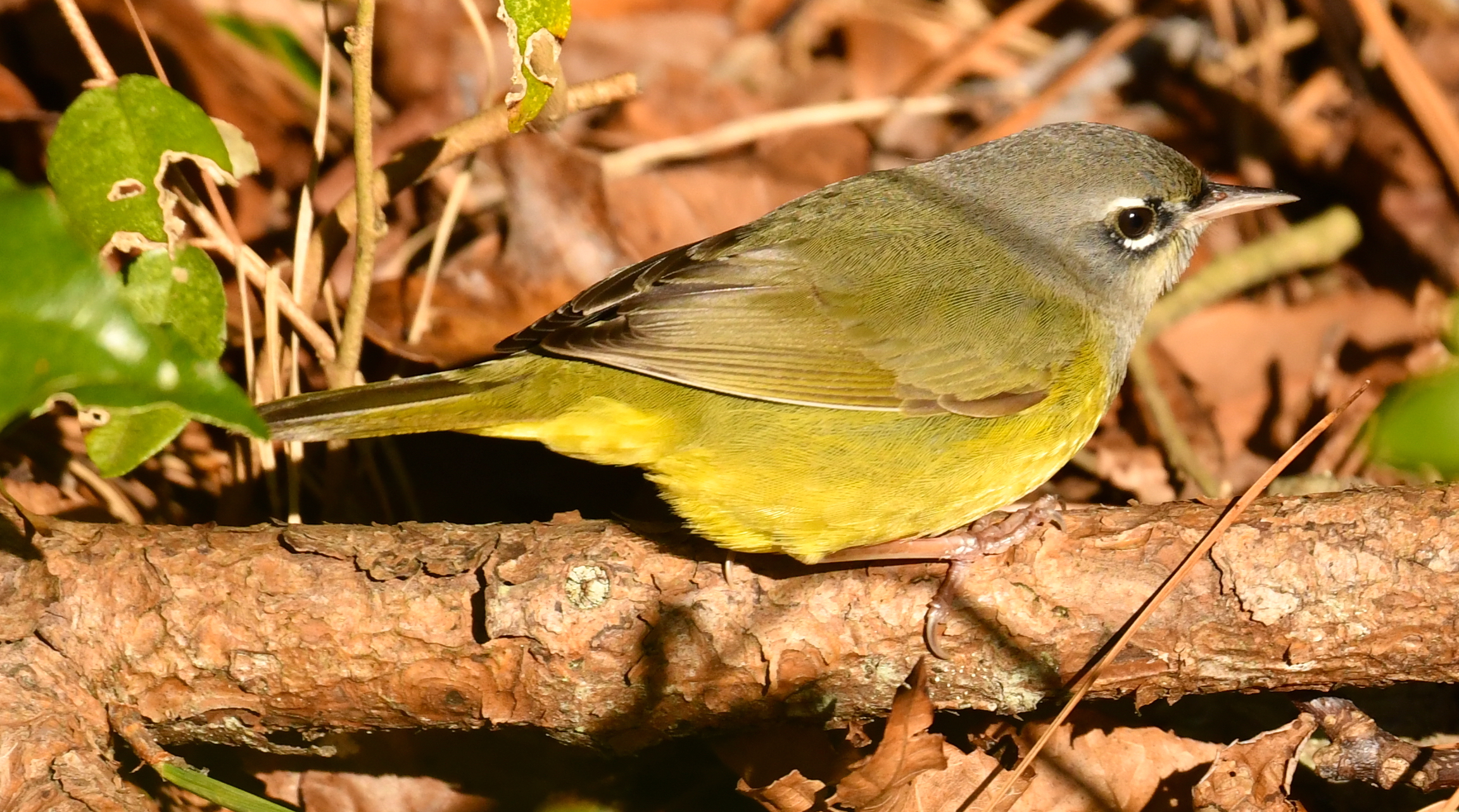
Seal sightings
Not long after returning from the Outer Banks, a friend texted me a picture of some tracks etched in the sand on the beach in Emerald Isle. From my years as a park ranger patrolling the beach of Bear Island, the tracks were familiar to me as those made by a seal hauling ashore to rest. A few days later, a seal was sighted resting ashore on the beach near the same area where the photo of the tracks was taken. As one would expect, this sighting attracted a curious crowd. Over a six-day period in mid-January there were seven seal sightings on the beaches along the town. From December through April, young seals are sometimes found on the Carolina beaches as they swim south, leaving the populations along the New England states. As they move down the coast, the younger seals are able to feed without competition from older, bigger adults.
Under the guidance of the North Carolina Wildlife Resources Commission and the Marine Mammal Stranding Project, Dale Baquer, director of the Emerald Isle Sea Turtle Patrol, coordinated the setup of a perimeter around the seal to distance excited onlookers. After traveling hundreds of miles, the seals need to get out of the water to warm up and rest.
During the six days, a team of sea turtle patrol volunteers rotated shifts and stood as sentries to protect the seal from being disturbed. According to Baquer, “Seals often frequent NC beaches this time of year as they migrate through and need a rest. We have Harp, Harbor and Gray seals visit our area. They do bite. You need to stay 150 yards from them. Do not get between them and the water, this causes them to feel threatened. They will flee before they are rested.”
Our final surprise appeared in our own backyard. Three birdfeeders had been attracting the usual chickadees and cardinals, while mourning doves and robins feed on the ground. One afternoon, there was a splash of color as a “flying rainbow” flew to the feeder from the safety of some shrubs. A male painted bunting quickly pecked out some millet and, in a flash, it was gone. We have continued to see it from time to time getting a quick meal but never staying too long. While it is not uncommon to see the spectacle of a painted bunting in the summer, a winter sighting is quite a treat.
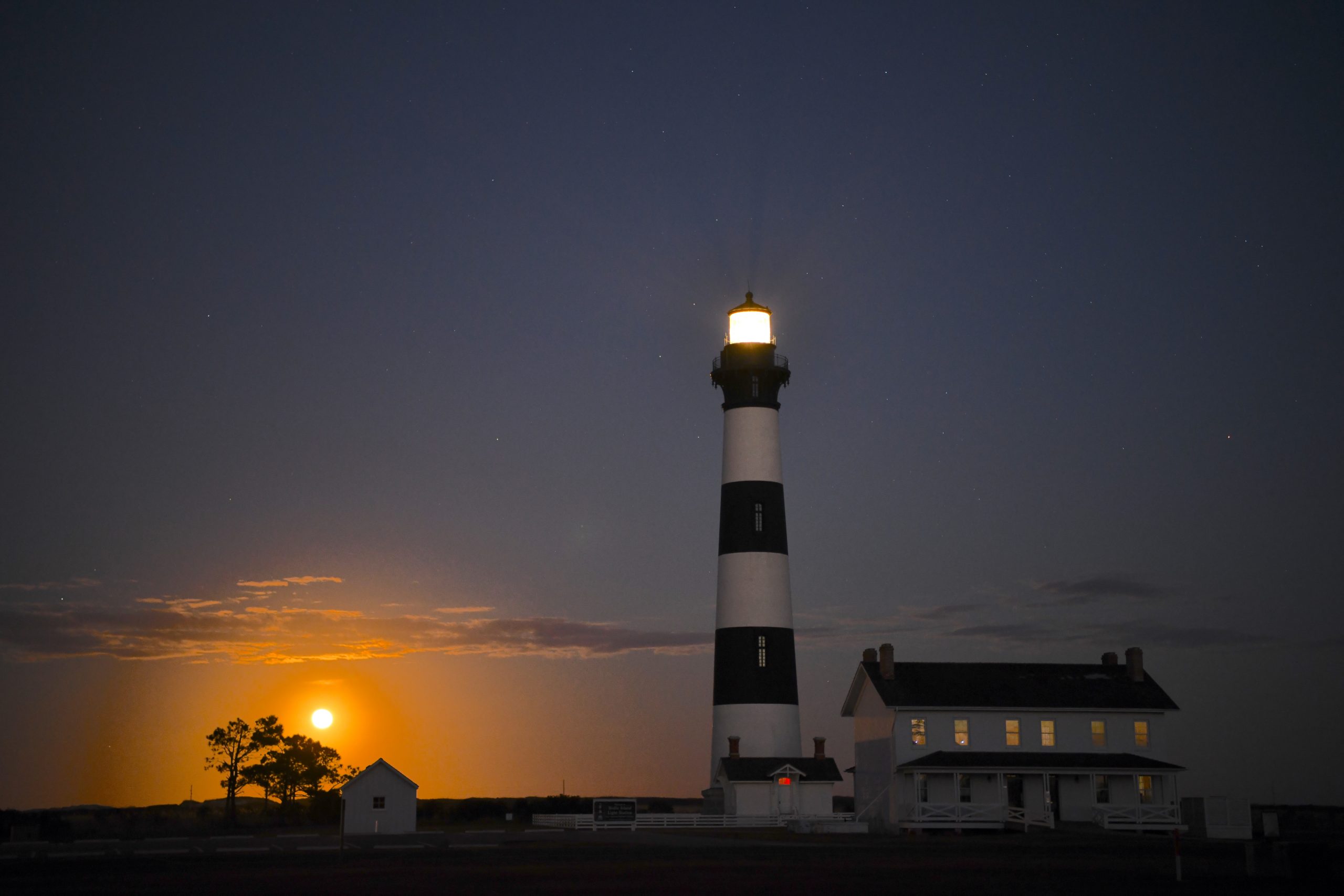
Guided home
Back when I started this rambling story, I was on my way to visit one of my favorite places along the coast: Cape Lookout National Seashore. I have camped on the beaches here and always felt safe under a blanket of stars and at peace with the lullaby of the ocean in my ear. On this night, the diagonal black and white checkerboard painted on this famous column was illuminated with spotlights that shined like the sun. From high in the lantern room, the beacon swept across the night sky and out over the ocean.
As we walked around looking at the lighthouse from a number of vantage points, I thought about the early lighthouse keepers. Did they enjoy the solitude that I feel here or was it lonely isolation? I imagined the early keepers carrying heavy loads of whale oil up more than 200 steps before lighting the lamp that warned sailors of the deadly, shallow shoals.
In the darkness of the night, the captain gently glided the boat away from the dock and pointed its bow north. Behind us, the illuminated lighthouse reflected on the water as the vessel slowly found the deep waters of the channel. The reflection was blurred by small ripples on the water and reminded me of water depicted in some of Claude Monet’s paintings.
Up on the bow, the first mate, with a power spotlight in hand, found the reflective tape on each channel buoy as we headed north, back to Harkers Island. The night sky was now brilliant with sparkling glitter scattered across the heavens. To the east, I could see the belt of Orion, the hunter. An asterism made up of three bright stars Alnitak, Alnilam and Mintaka and is also known as the Three Sisters and the Three Kings. In the western horizon, I could see Jupiter and Saturn distancing from each other after the Great Conjunction in December. Then I looked to the south, and there she was, a constellation all her own, the Diamond Lady glowing on the horizon. Every 15 seconds, I could see her pulse, a pulse that has guided thousands of sailors and a pulse that will always guide me home.




